On April 17, AVP reported that over the past 140 hours, Russian air defense systems have successfully repelled large-scale air attacks. According to the press service of the Russian Defense Ministry, six US-made MGM-191 ATACMS tactical missiles, two Ukrainian drones and a French-made Hammer guided bomb were successfully intercepted. This shows that the Russian air defense forces have been effective in air defense operations.
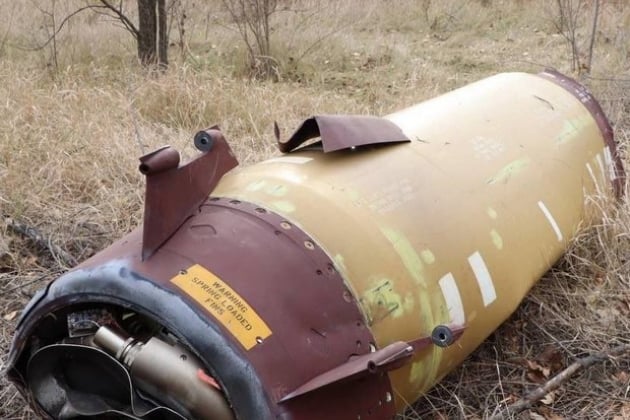
The ATACMS missile was developed and produced by the American Lockheed Martin Corporation since the 1990s. It was designed to be equipped on the HIMARS rocket artillery system. The ATACMS version sent to Ukraine has a range of up to 165 km, capable of disabling command posts and destroying enemy weapons and ammunition depots. ATACMS is an expensive missile, costing up to $1 million each.
The Russian Lancet drone has also demonstrated its superiority by destroying many Ukrainian weapons. On April 17, SF reported that the Russian military damaged or destroyed four Soviet-made 9K35 Strela-10 short-range air defense systems of Kiev forces using Lancet drones.
A video of the moment the Russian Lancet attacked these four systems has been made public. The four 9K35 Strela-10 systems that were attacked were located near the settlement of Siversk in the direction of Donetsk. The attack was carried out by the 106th Guards Airborne Division of the Russian army.
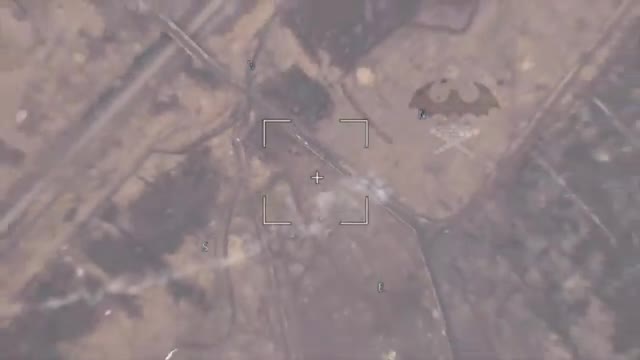
The Strela-10 short-range air defense system is equipped with heat-seeking anti-aircraft missiles with a range of 5 km and an altitude of 3.5 km. Ukraine inherited more than 75 systems after the collapse of the Soviet Union. At least 6 of these systems were transferred to Kiev forces by the Czech Republic after Russia began a special military operation in Ukraine.
The Lancet drone was developed by ZALA Aero, a subsidiary of Russian defense giant Kalashnikov Concern. The company produces two versions of the drone, the Izdeliye-52 with a 30-minute endurance and a 1-kg warhead, and the larger Izdeliye-51 with a 40-minute endurance and a 3-kg warhead.
The Lancet drone will fly towards the designated area using an inertial navigation system with GLONASS support. Once in the target area, the operator uses an electro-optical system to detect, track and lock on the target. A laser rangefinder system then controls the detonation of the warhead.
The Lancet drone's small radar cross-section and minimal infrared signature make it very difficult to detect and intercept.
Ukrainian efforts to intercept the Lancet drone with anti-aircraft fire, electronic warfare, or other countermeasures were largely unsuccessful.
In total, since the start of the special military operation, the Russian military has destroyed 583 military aircraft, 270 helicopters, 21 drones, 483 air defense missile systems, 502 tanks and other combat equipment, 15 missile launchers, 798 field artillery pieces and mortars, 1,267 units of special military vehicles of the Armed Forces of Ukraine.
HOA AN (According to SF, AVP)
Source





![[Photo] Third meeting of the Organizing Subcommittee serving the 14th National Party Congress](https://vstatic.vietnam.vn/vietnam/resource/IMAGE/2025/4/2/3f342a185e714df58aad8c0fc08e4af2)

![[Photo] General Secretary To Lam receives Russian Ambassador to Vietnam](https://vstatic.vietnam.vn/vietnam/resource/IMAGE/2025/4/2/b486192404d54058b15165174ea36c4e)


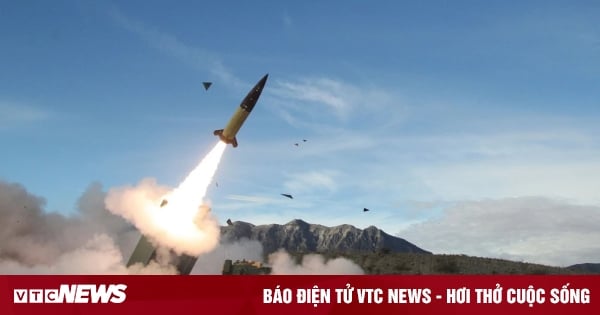

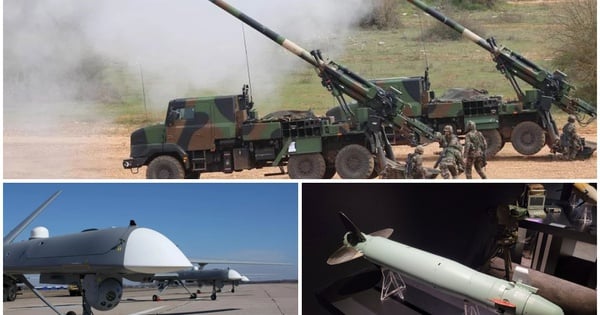







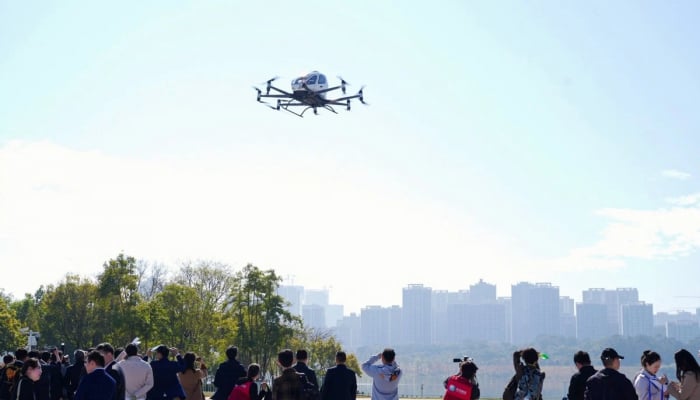












![[Photo] Relatives of victims of the earthquake in Myanmar were moved and grateful to the rescue team of the Vietnamese Ministry of National Defense.](https://vstatic.vietnam.vn/vietnam/resource/IMAGE/2025/4/2/aa6a37e9b59543dfb0ddc7f44162a7a7)

































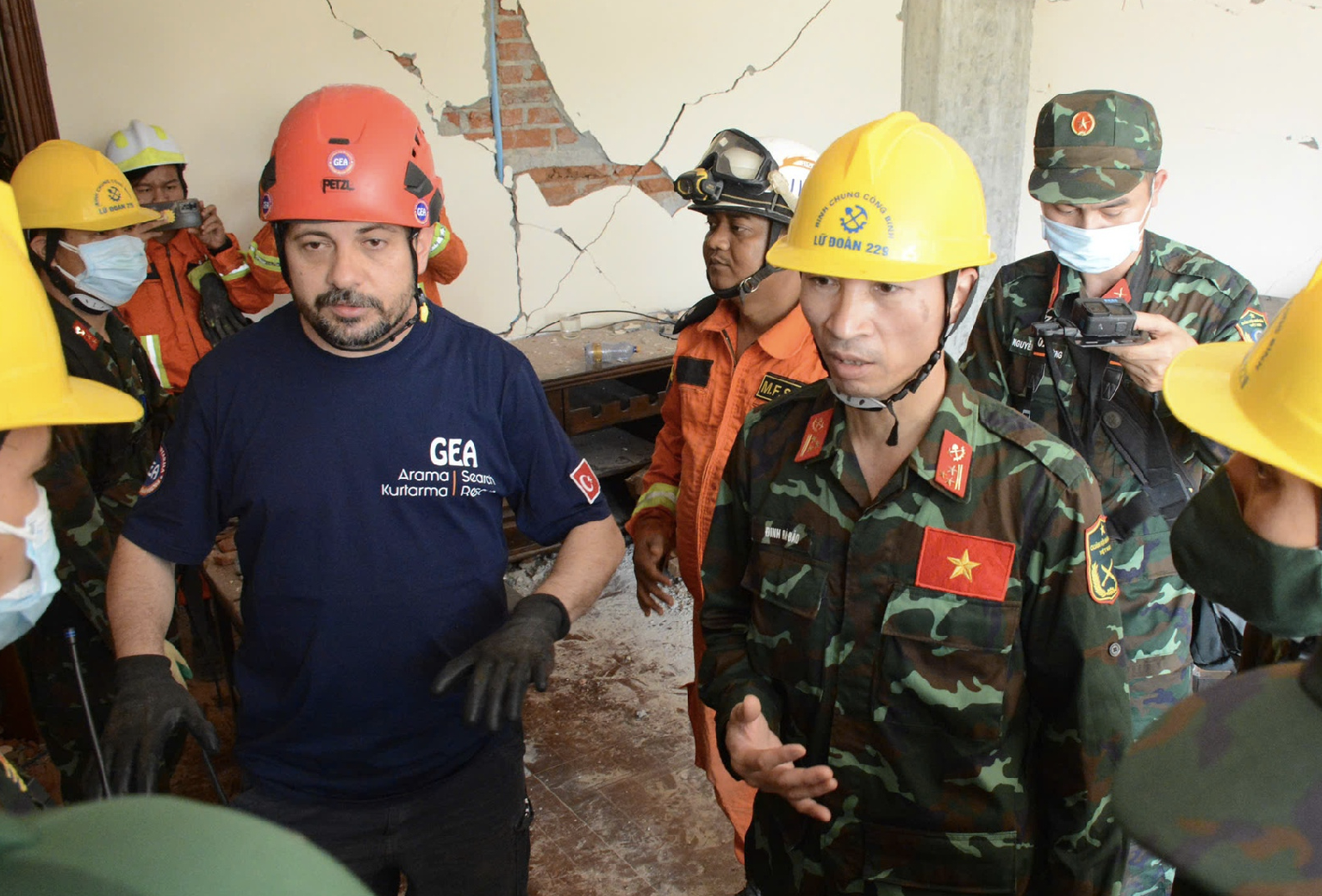














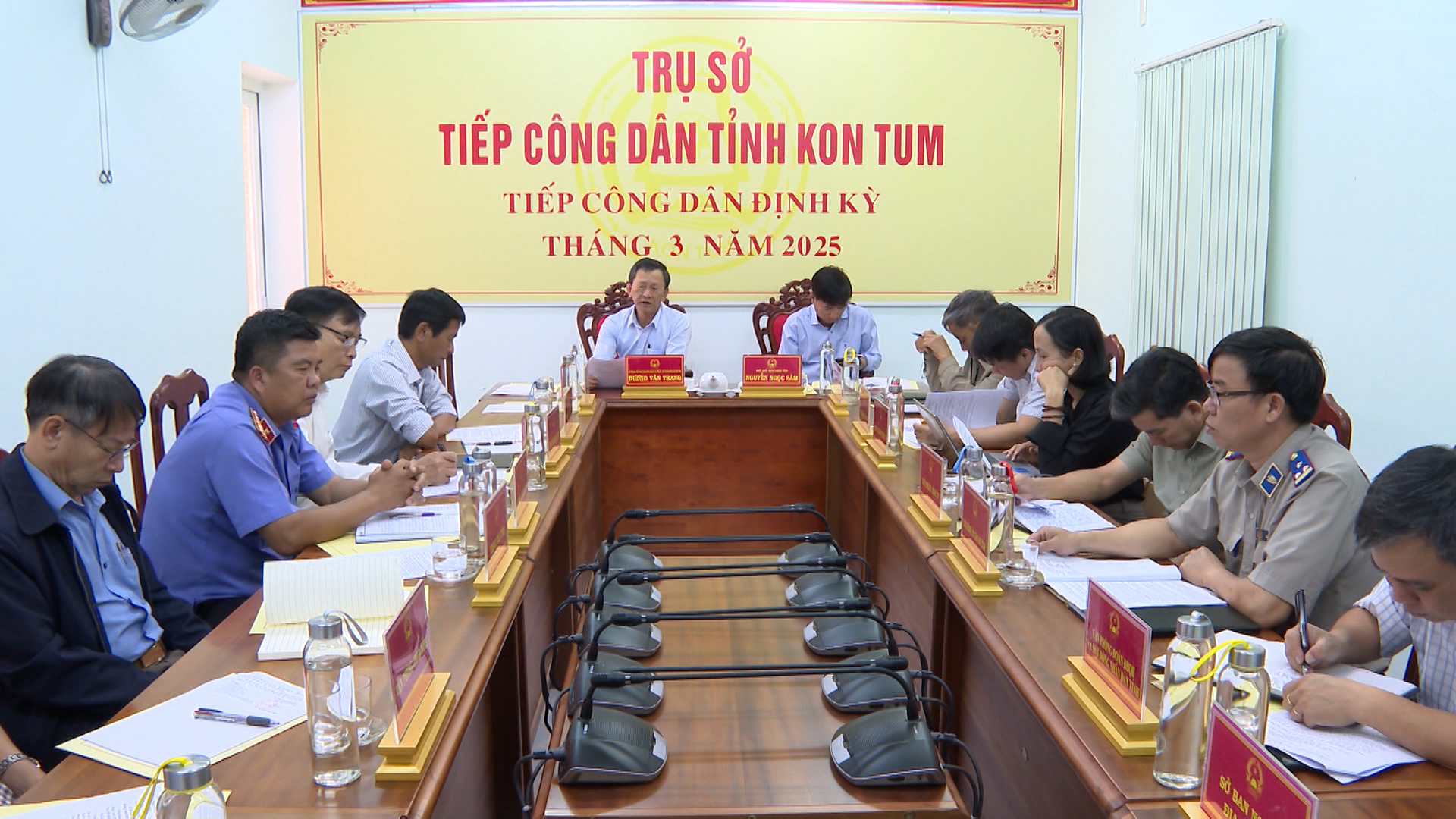


















Comment (0)